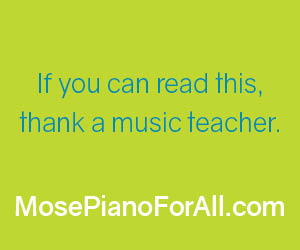Gorécki’s World of the Piano - Jarred Dunn; Anna Gorécka
 Gorécki’s World of the Piano
Gorécki’s World of the Piano
Jarred Dunn; Anna Gorécka
ATMA ACD2 2901 (atmaclassique.com/en/product/goreckis-world-of-the-piano)
To all the world, Henryk Gorécki’s best-known type of music is long-form – the symphonic template – the most celebrated of which is his hauntingly marvellous Symphony of Sorrowful Songs, the Third Symphony, that has become a million seller – made so by the breathtaking sonorities of Dawn Upshaw. It was matched – possibly made more rich, transparent and meaningful – by the Kilanowicz National Radio Symphony Orchestra and a more spiritual reading by Zofia Kilanowicz.
But for all the emotionally and powerful symphonic and choral works, little is known, much less performed, of Gorécki’s smaller offerings. Spanning 1955 to 2008, Gorécki’s World of the Piano presents his complete works for one and two pianos, many composed in the dark and difficult context of post-war Poland. Jarred Dunn performs the solo works and is joined by the composer’s daughter Anna Gorécka for the duets.
Toccata For Two Pianos Op.2, the brilliant outburst of Four Preludes Op.1, the shimmering quietude of the Berceuse Op.9, the longest of the Chopinesque miniatures in his Intermezzo, and the extended Piano Sonata No.1, Op.6 testify to the diversity of Gorécki’s output. The music here gives full reign to his characteristically high, shimmering, patiently sustained chords along with bell-like ones which mirror the intervals confined to shorter, more tentative melodic cells. Although Gorécki’s piano works are difficult to give expression to, clearly Gorécka and Dunn play them with deep meaning and absolute mastery.








